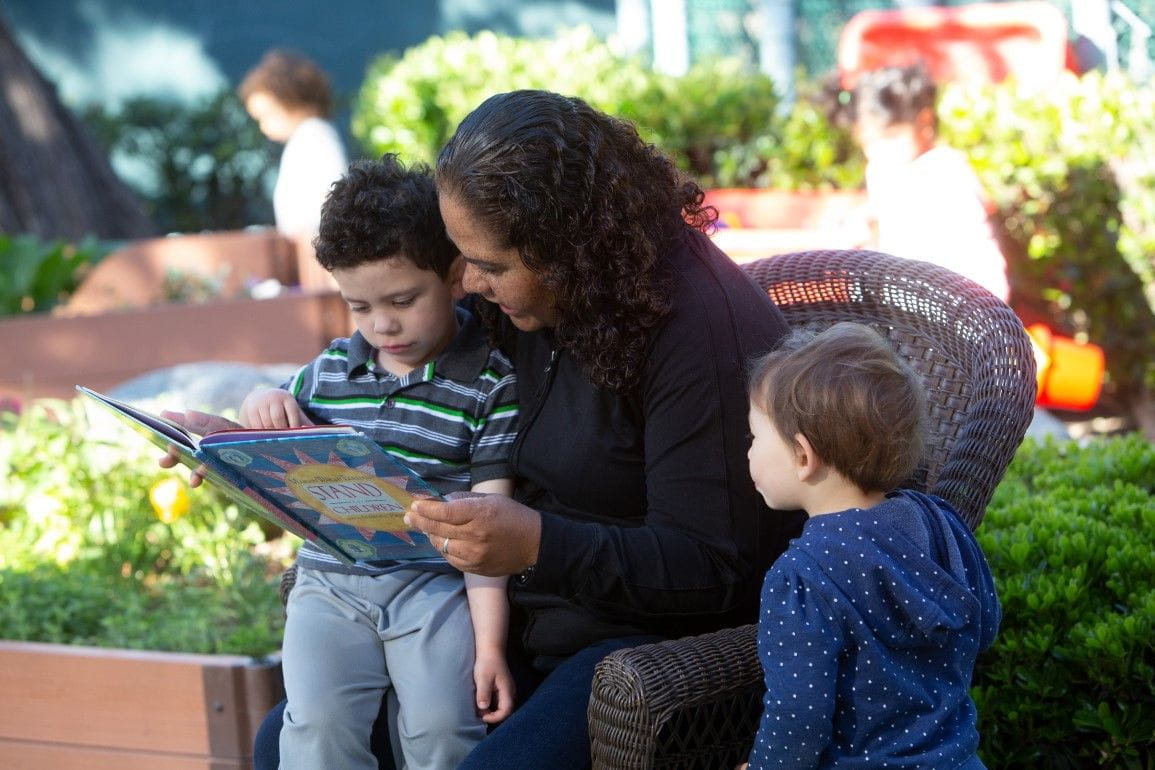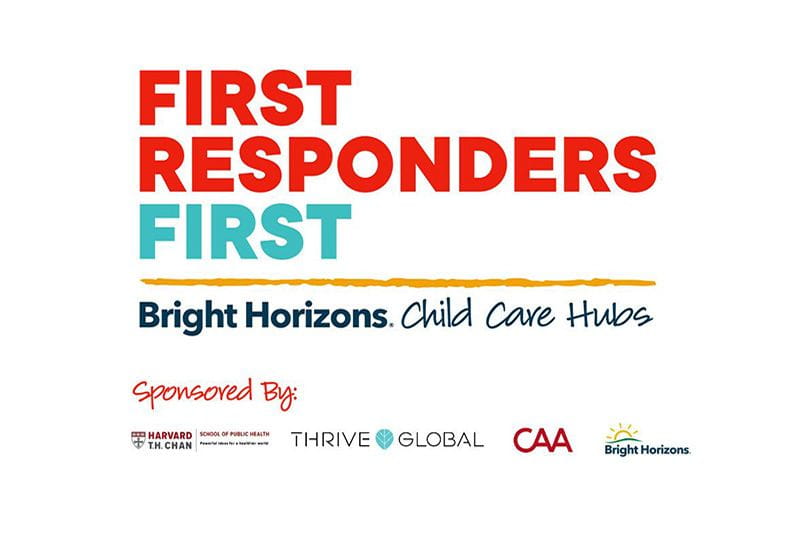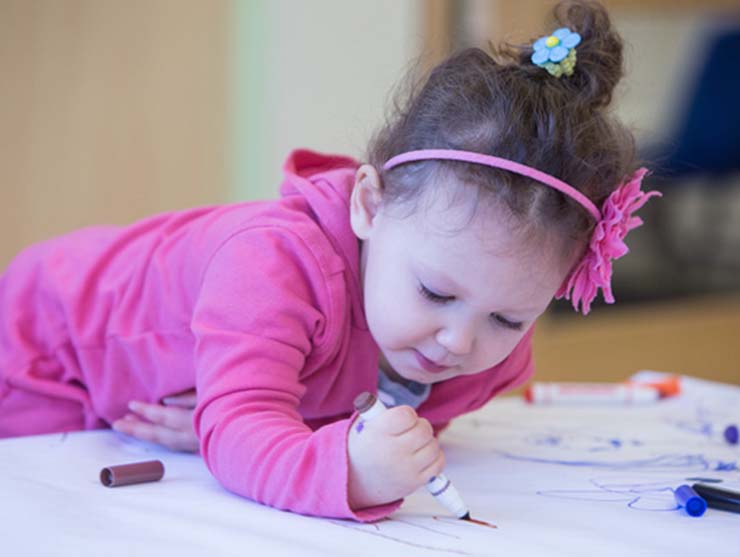If we think of humanity as a large family, then to be inclusive means that everyone has a place at the table. No one is excluded, marginalized, or left out. Everyone has something to offer. As adults, we pass our values to children every day through what we say and do.
Too often, inclusiveness is described as something we should do to benefit others. Being inclusive is more than a moral obligation—although this alone is enough reason to practice it. When we are inclusive we aren’t divided. Instead, our world becomes enlarged. We gain relationships and experiences that enrich us. We recognize that we are all different and that those differences bring joy to living.
What Is Inclusiveness?
Too often, inclusiveness is described as something we should do to benefit others. Being inclusive is more than a moral obligation—although this alone is enough reason to practice it. When we are inclusive we aren’t divided. Instead, our world becomes enlarged. We gain relationships and experiences that enrich us. We recognize that we are all different and that those differences bring joy to living.
Four Strategies to Raise an Inclusive Child
Here are four great ways where you, as a parent, can teach your child to have an inclusive attitude and approach.
- Be a role model. Children follow what we do more than what we say, so it’s important that our actions are sending the right message. This can be as simple as getting to know your neighbors as you’re walking the dog or getting the mail. Be curious and reflective about your own biases, and be willing to learn something new. Speak up when you see discrimination or racism.
- Teach compassion. It’s not realistic to ask children to be “best” friends with everyone all the time, but elementary-age children in particular can learn to be friendly, respectful, and compassionate in a group setting, such as school. Teach your child to be aware of other children who might be new or who might feel left out. For example, challenge your child to include another child who is sitting alone at lunch or playing alone at recess.
- Explain differences, don’t ignore them. The world is a big place and we come from many religious, cultural, and ethnic backgrounds with different values, perspectives, identities, and family makeups. Help your child understand that differences make the world more interesting. They help us learn and appreciate other ideas beyond ourselves. Talk about and model how to respectfully share and learn about differences, as well as how to stand against discrimination in all its forms.
- Use children’s literature. Children’s books are a great vehicle for exploring differences in culture, race, and ability, especially when the literature depicts authentic characters involved in relatable situations.
More from Bright Horizons
- Learn more about teaching empathy to children in this podcast episode.
- Children may have trouble understanding differences between people and may ask some hard questions. Here’s a helpful guide to answer a child’s questions about differences.





